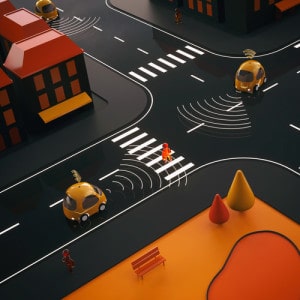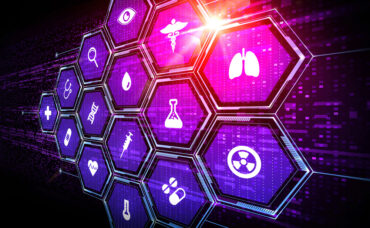
The goal of this effort is to be able to not only automatically pay for fuel, tolls, and parking, but also provide real-time info about traffic conditions.
SAP at the Mobile World Congress 2018 conference this month expanded an SAP Vehicles Network initiative to include HERE Technologies, a provider of mapping software that is owned by BMW, Audi, and Daimler, as well as MasterCard and Postmates, a provider of delivery services.
The goal is to be able to not only automatically pay for fuel, tolls, and parking, but also provide information about traffic conditions in real-time, says Gil Perez, senior vice president for Internet of Things and digital supply chain at SAP.
SAP is already working with customers to embed real-time analytics within multiple types of vehicles. “We have tens of customers in North America and Europe,” says Perez.
See also: Self-driving cars may not take off as fast as driverless trucks
SAP also plans to embed support for its Concur travel expense management software in vehicles and TripIT, a travel planning application from its Concur business unit that employs machine learning to optimize schedules. SAP envisions that all expenses associated with corporate travel involving vehicles will be instantly be recorded in its software-as-a-service (SaaS) application.
Analytics will also be applied in a way to inform drivers of not only road conditions but also locations of their favorite restaurants as they drive along, says Kiki Del Valle, senior vice president of Commerce for Every Device for MasterCard.
“Consumer behavior is changing,” says Del Valle. “We believe every device is now a commerce device.”
Analytics provide safer option for drivers
That capability will be provided via artificial intelligence (AI) technologies that will learn individual preferences and then relay information via a voice-enabled digital assistant embedded in the vehicle dashboard, says Del Valle.
As laws concerning the use of smartphones while driving become strictly enforced a voice-enabled digital assistant embedded in a dashboard should enable drivers to more safely engage in everything from texting to following directions. That should result in not only a better experience but ultimately fewer traffic fatalities.
The maps that are embedded in the dashboards of those vehicles will also be multi-dimensional, says Stefan Hansen, senior vice president and general manager for Europe at HERE.
“You’ll be able to see there’s a pothole around the next corner,” says Hansen. Information about traffic conditions will not only be relayed back to a cloud application managed by HERE but also shared in real-time between vehicles to ensure drivers have the most current information possible, he adds.
Postmates, which has started online delivery services in multiple cities around the world, plans to use that information to more efficiently deliver everything from pizzas to packages.
Longer term, SAP also plans to experiment with the use of blockchain technologies to both better secure transactions and provide a means of verifying identities.
It may take a while for visions on so-called connected cars to become a reality. The development of digital assistants for dashboards also coincides ongoing research and development into autonomous vehicles. It’s not clear to what degree humans will be willing to give up control over vehicles just yet. But it is clear voice-enabled digital assistants capable of analyzing data in real time are about to become part of the standard equipment.





























